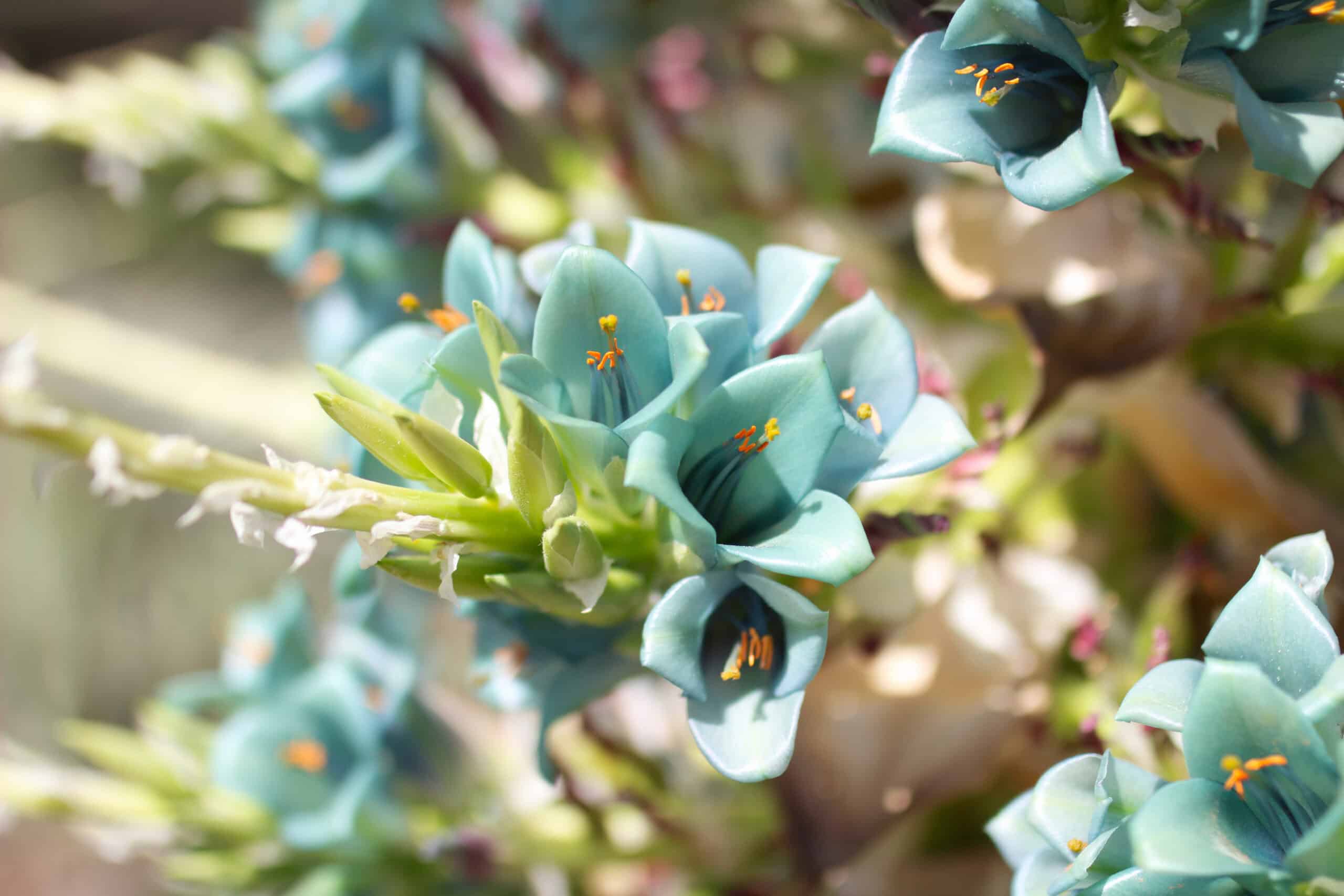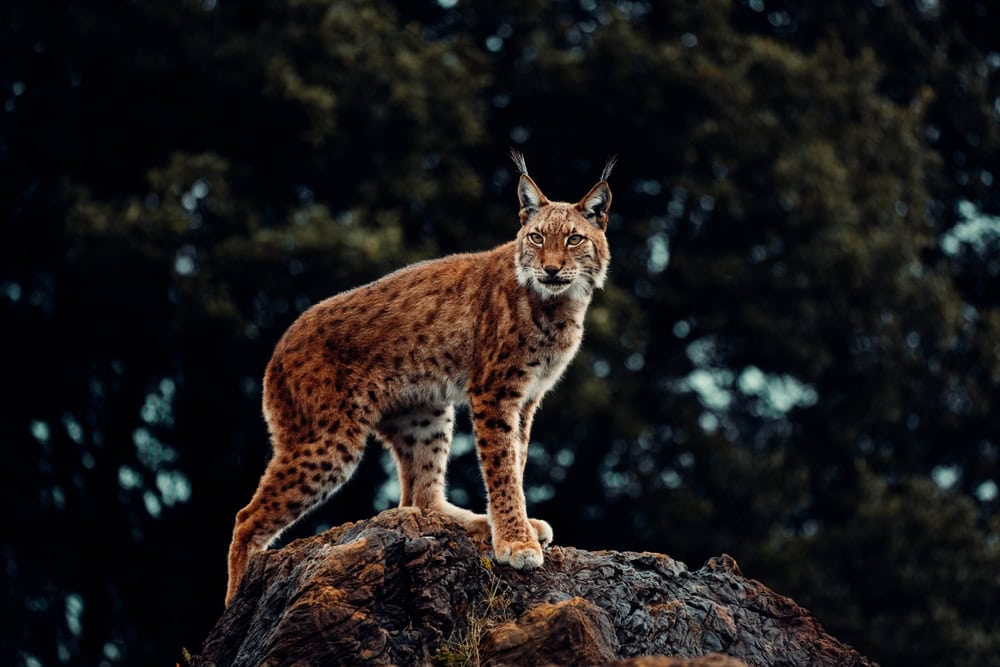Mushrooms are fascinating organisms that come in an incredible variety of shapes, sizes, and flavors. From the common edible varieties that enhance our meals to the rare medicinal species that offer health benefits, mushrooms play a significant role in both culinary and medicinal fields. This list explores a diverse range of mushrooms, highlighting their unique characteristics, health benefits, and culinary uses, providing a glimpse into the wonderful world of fungi.
Shiitake (Lentinula edodes)
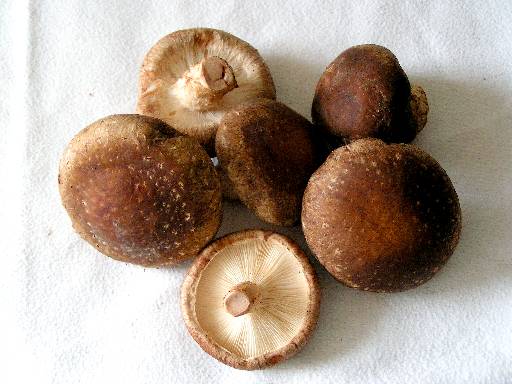
Shiitake mushrooms are renowned for their rich, umami flavor and meaty texture, making them a favorite in many Asian cuisines. Native to East Asia, these mushrooms grow on decaying hardwood trees. They are packed with vitamins, minerals, and antioxidants, contributing to various health benefits such as boosting the immune system and reducing inflammation. The dark brown caps, which can grow up to 10 inches in diameter, are often used fresh or dried in a variety of dishes.
Lion’s Mane (Hericium erinaceus)
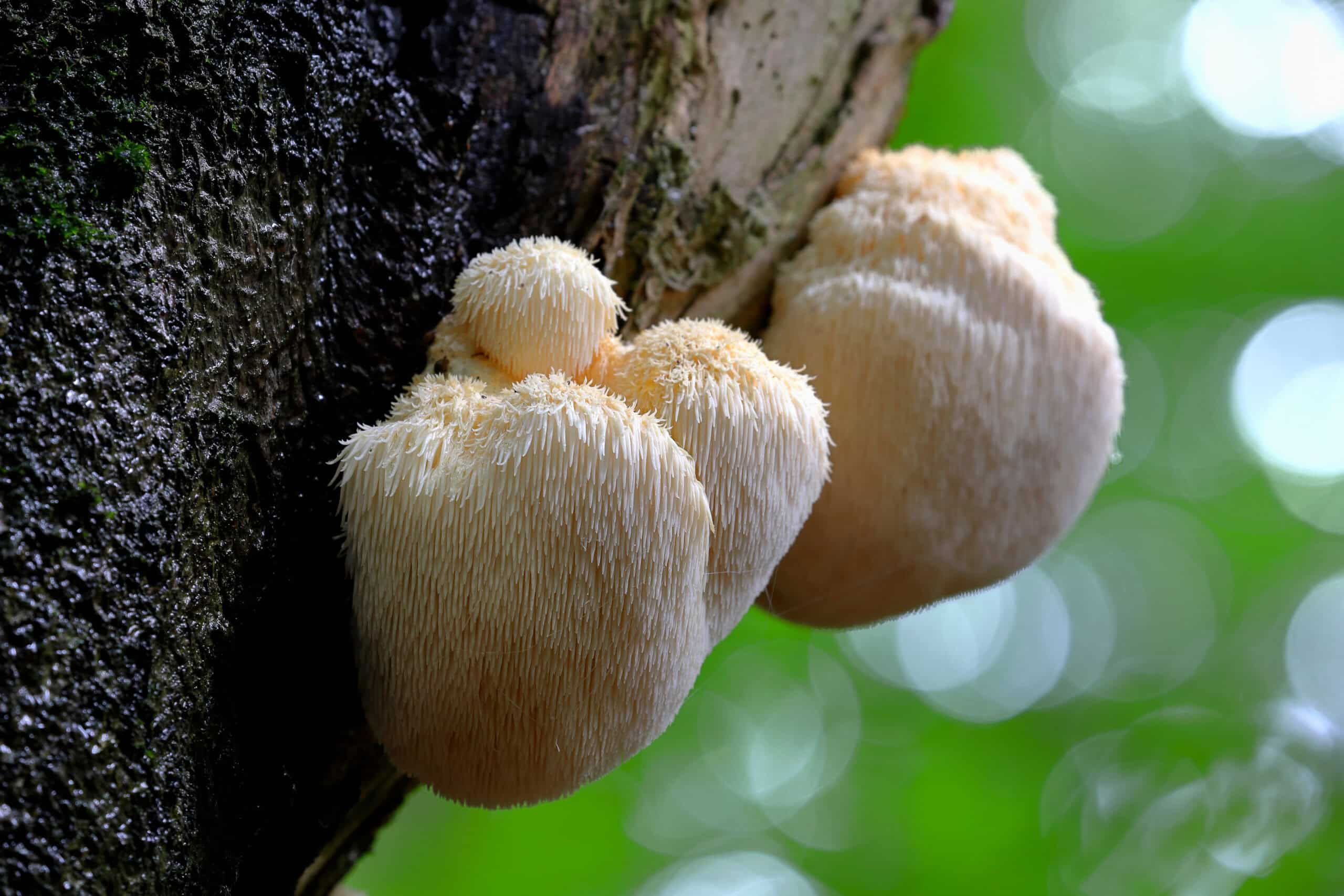
Lion’s Mane mushrooms stand out with their unique, shaggy appearance resembling a lion’s mane. Found in North America, Europe, and Asia, these mushrooms grow on hardwoods, particularly beech trees. Known for their cognitive and neurological benefits, they are believed to stimulate nerve growth and improve mental clarity. They have a mild, seafood-like flavor, often compared to crab or lobster, and are used in both culinary and medicinal contexts.
Maitake (Grifola frondosa)
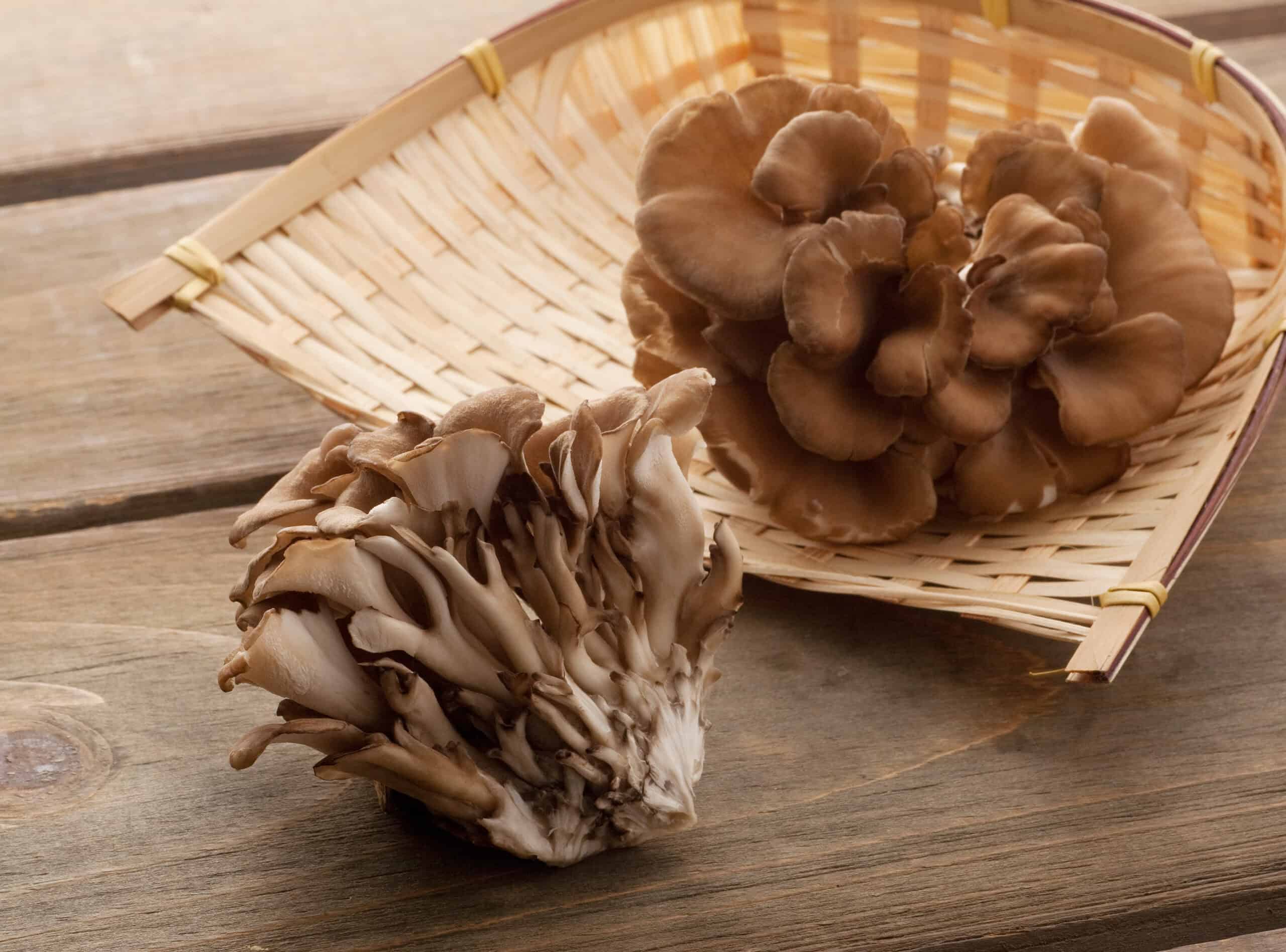
Also known as “Hen of the Woods,” Maitake mushrooms grow in clusters at the base of oak trees, primarily in Japan, China, and North America. These mushrooms have a delicate texture and earthy, slightly spicy flavor. Rich in antioxidants, beta-glucans, and vitamins, Maitake mushrooms are celebrated for their immune-boosting properties and potential to regulate blood sugar levels. They are a popular choice in soups, stir-fries, and as a dietary supplement.
Reishi (Ganoderma lucidum)
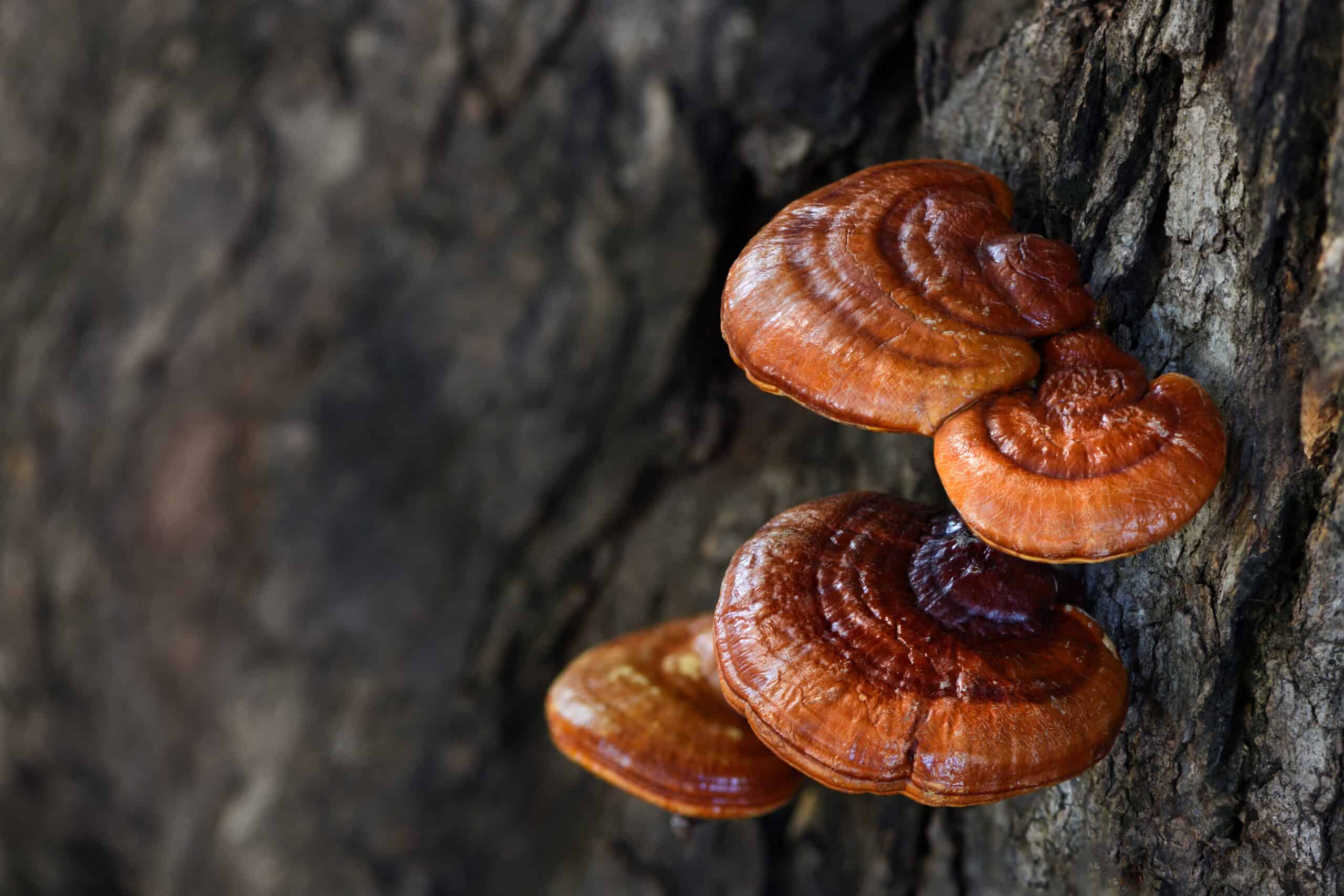
Reishi mushrooms, often called the “Mushroom of Immortality,” have been used in traditional Chinese medicine for thousands of years. These kidney-shaped mushrooms with a reddish, glossy surface grow on decaying hardwood trees. Reishi is prized for its potential health benefits, including enhancing the immune system, reducing stress, and promoting better sleep. Due to their bitter taste, they are typically consumed in the form of teas, tinctures, or powdered supplements.
Chaga (Inonotus obliquus)
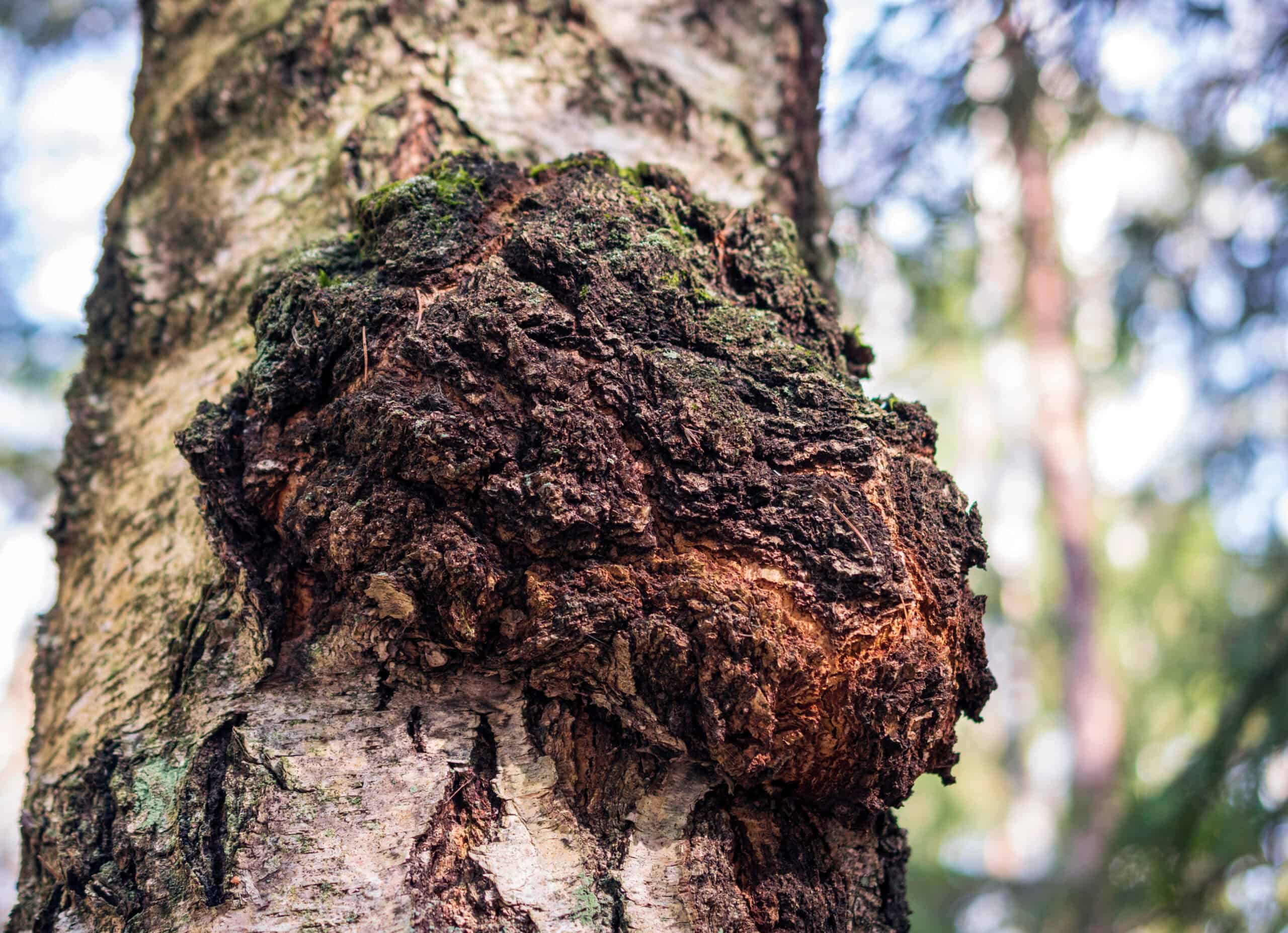
Chaga mushrooms, with their distinctive black, charred appearance, grow on birch trees in cold climates, particularly in Siberia, Canada, and Northern Europe. These mushrooms are rich in antioxidants and have been used traditionally to support immune health and combat inflammation. Chaga is commonly consumed as a tea or extract due to its hard, woody texture, and its subtle, earthy flavor.
Cordyceps (Cordyceps sinensis)
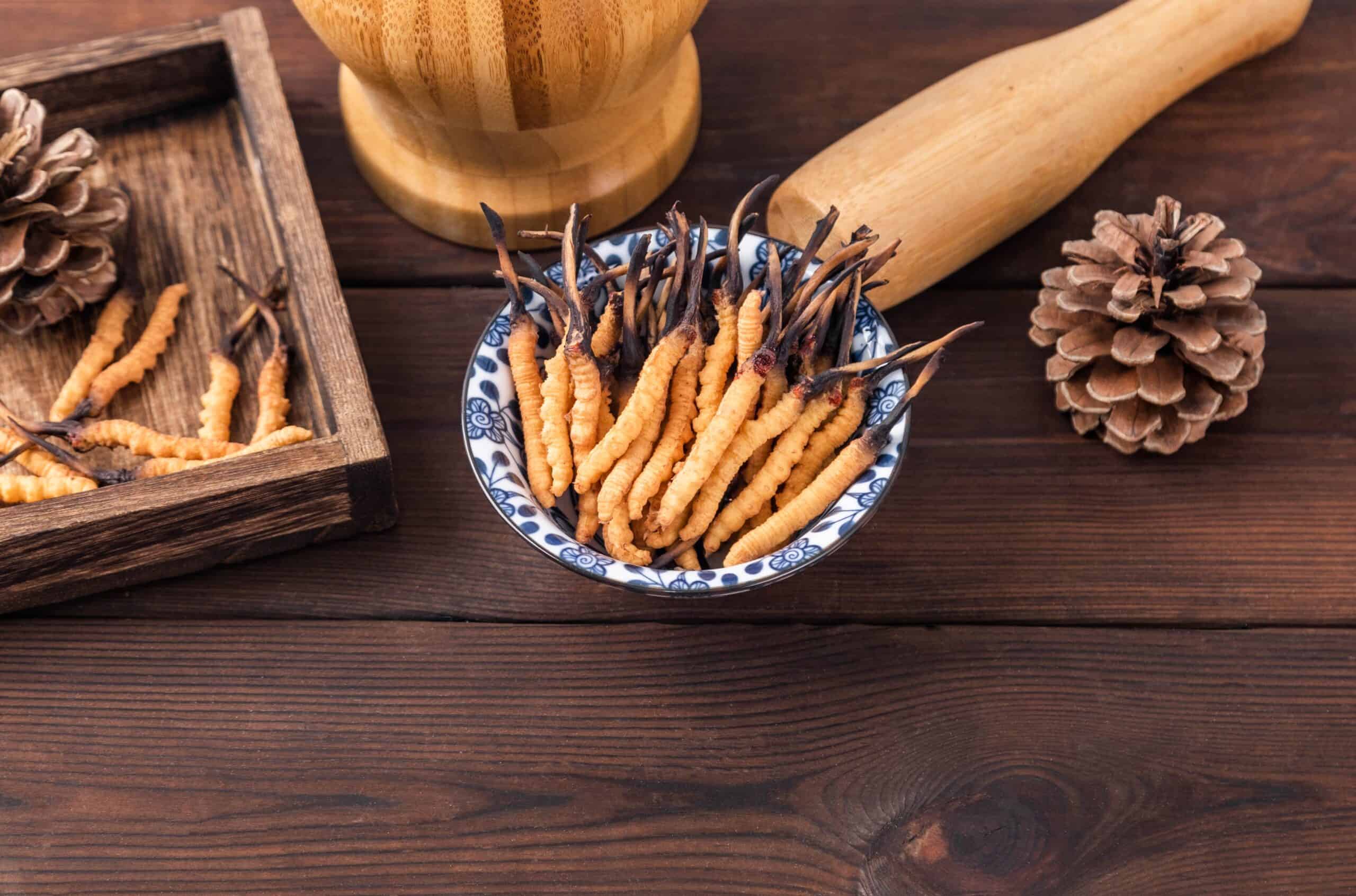
Cordyceps are parasitic fungi that grow on insect larvae, predominantly found in the high-altitude regions of China, Tibet, and Nepal. Known for their energy-boosting and stamina-enhancing properties, they have been used in traditional medicine to improve athletic performance and combat fatigue. These slender, orange-brown mushrooms have a mild, earthy taste and are often consumed in supplement form or brewed into teas.
Turkey Tail (Trametes versicolor)
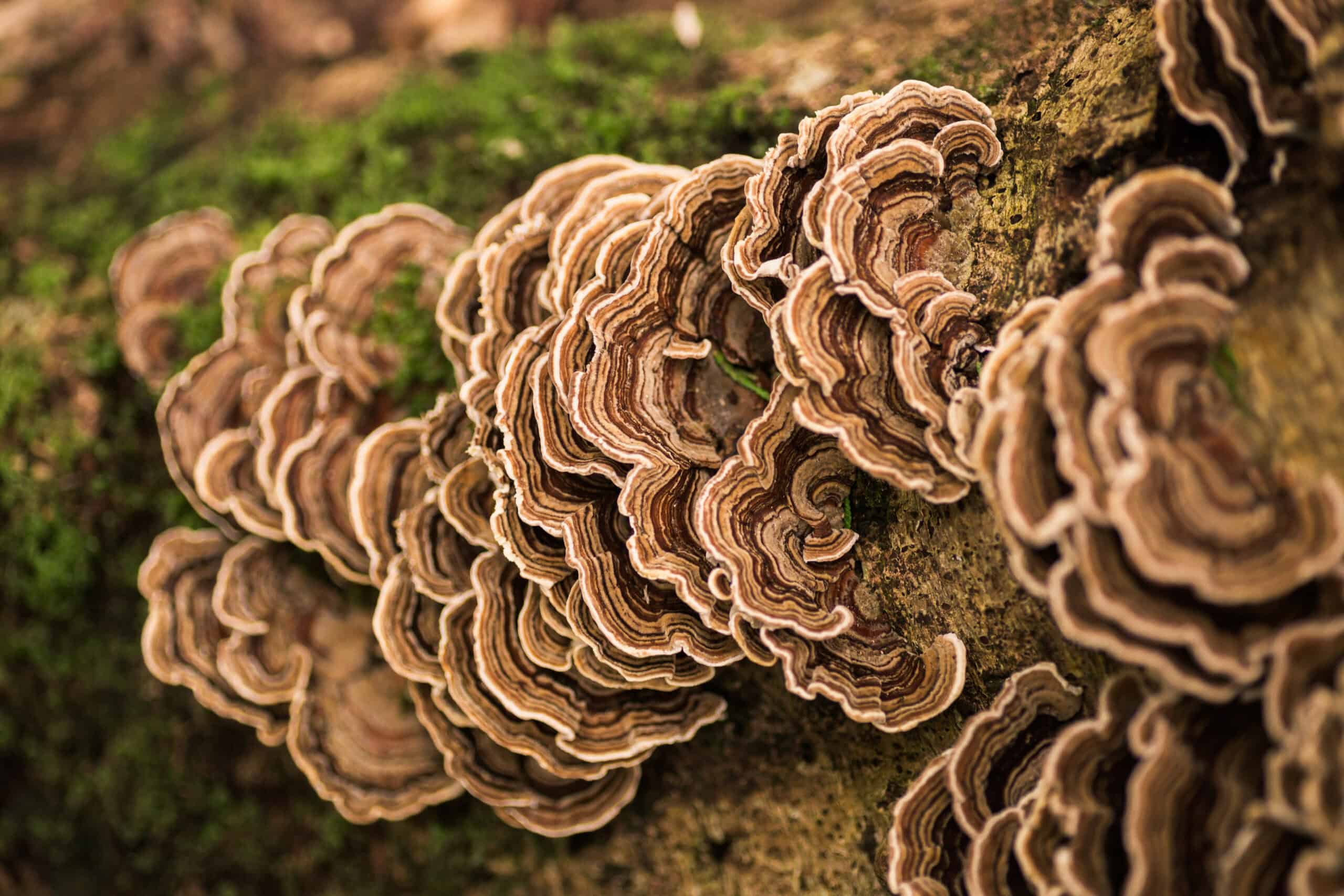
Turkey Tail mushrooms are easily recognizable by their colorful, fan-shaped caps that resemble a turkey’s tail. These mushrooms grow on dead logs and stumps in forests around the world. They are packed with polysaccharides, which are believed to enhance the immune system and support gut health. While not typically consumed for their flavor, Turkey Tail is popular in teas and supplements for its medicinal benefits.
Enoki (Flammulina velutipes)
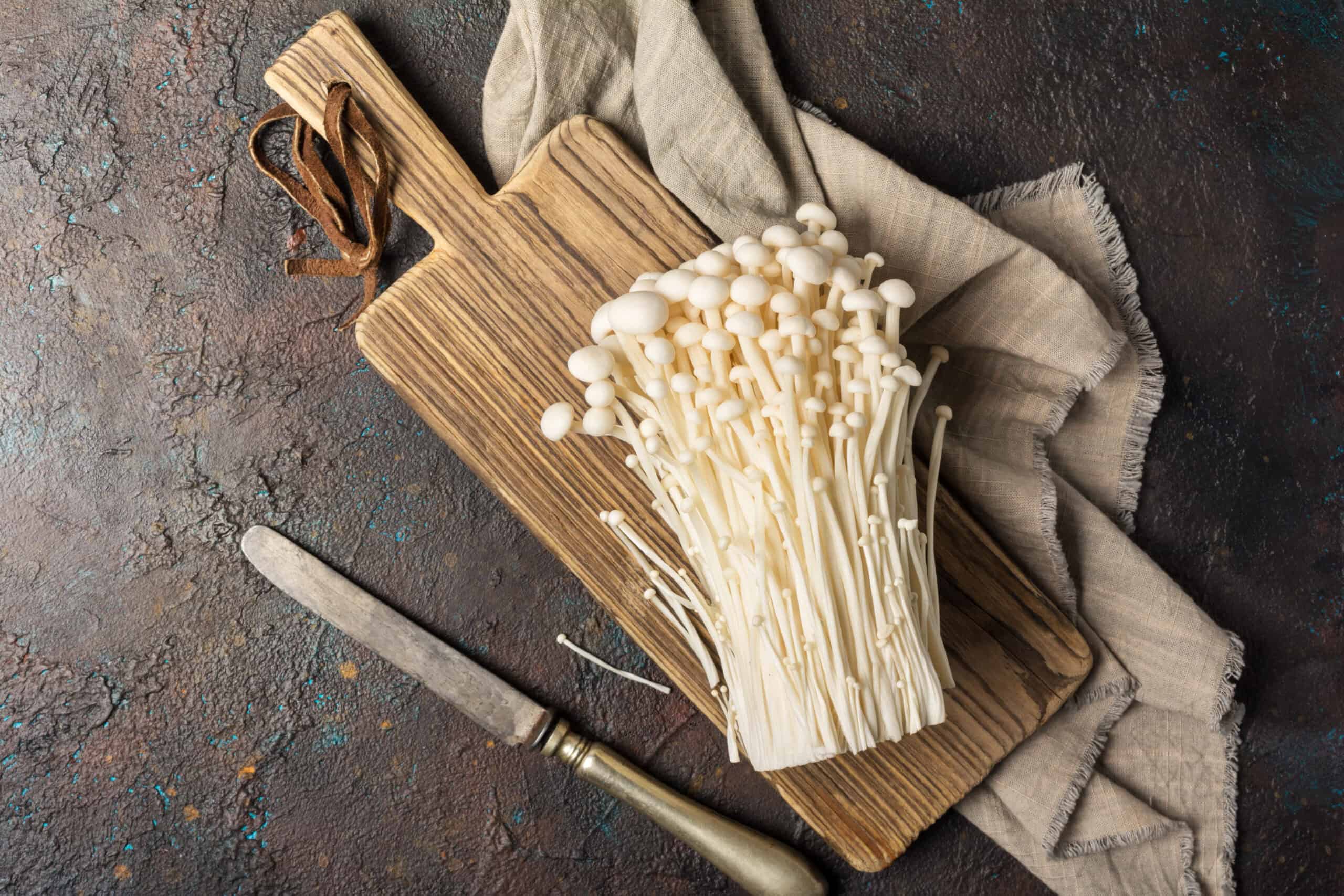
Enoki mushrooms, with their long, thin stems and small white caps, are a staple in East Asian cuisine. They grow in clusters on the stumps of Chinese hackberry trees, ash trees, and persimmon trees. Enoki mushrooms have a crisp texture and mild, slightly fruity flavor, making them perfect for soups, salads, and stir-fries. They are also rich in antioxidants, dietary fiber, and B vitamins, contributing to overall health.
Morel (Morchella esculenta)
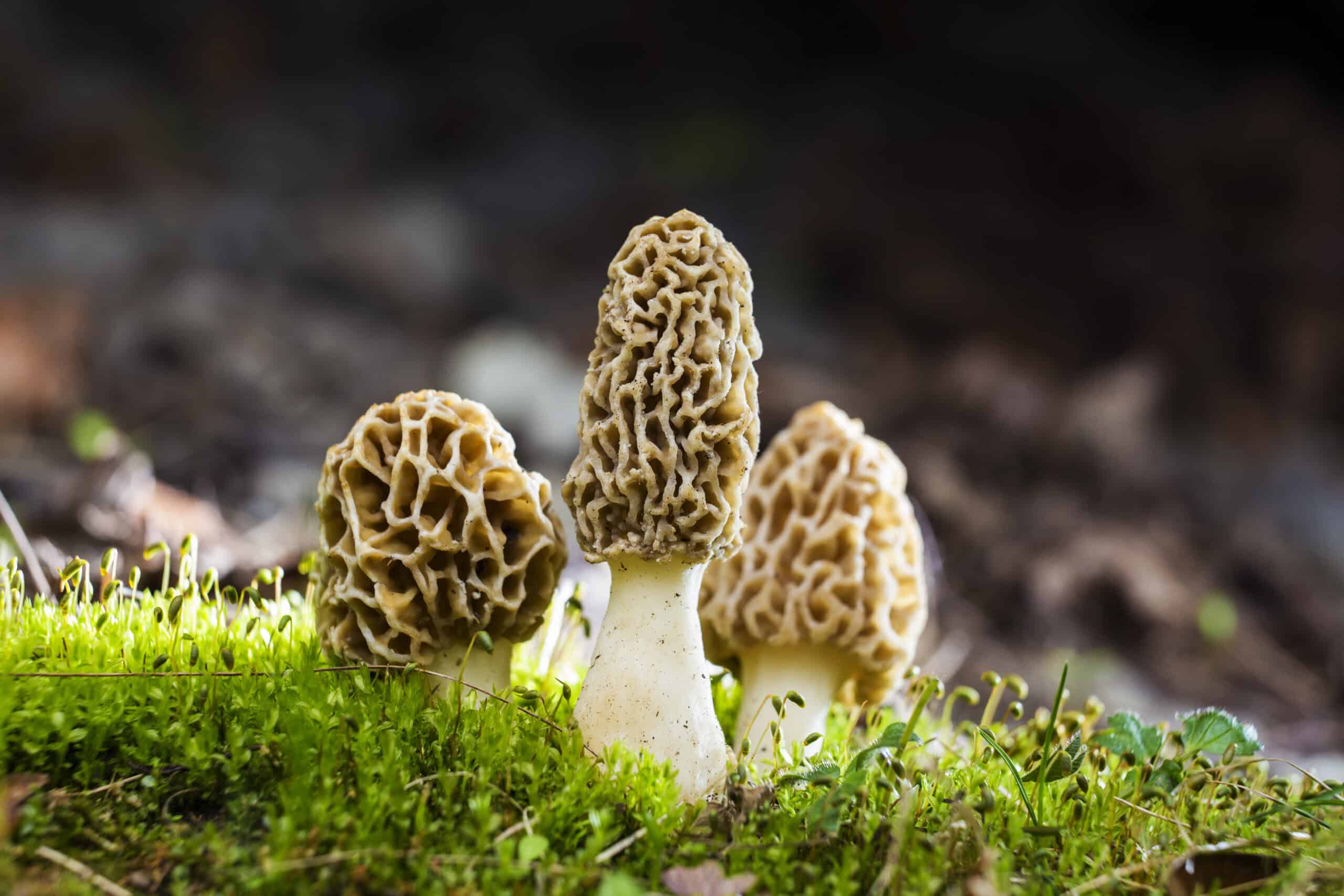
Morel mushrooms are highly sought after by gourmet chefs for their honeycomb-like caps and rich, nutty flavor. These mushrooms grow in the wild, often in wooded areas with moist soil, primarily in North America and Europe. Morels are difficult to cultivate, adding to their rarity and high market value. They are a great source of vitamins, minerals, and antioxidants, and are best enjoyed sautéed or stuffed in various culinary dishes.
Chanterelle (Cantharellus cibarius)

Chanterelle mushrooms are prized for their vibrant golden color, delicate texture, and fruity aroma. Found in forests across Europe, North America, and Asia, they grow symbiotically with trees such as oaks and pines. Chanterelles are rich in vitamins D and C, as well as potassium, and have anti-inflammatory properties. Their slightly peppery taste enhances soups, sauces, and sautéed dishes.
Porcini (Boletus edulis)

Porcini mushrooms, also known as “King Bolete,” are beloved in Italian and French cuisine for their earthy, nutty flavor. These mushrooms grow in forests across Europe, North America, and Asia, often under coniferous trees. Porcini mushrooms have a thick stem and a broad, brown cap, and are rich in protein, fiber, and antioxidants. They are enjoyed fresh, dried, or as a key ingredient in risottos, soups, and sauces.
Oyster (Pleurotus ostreatus)
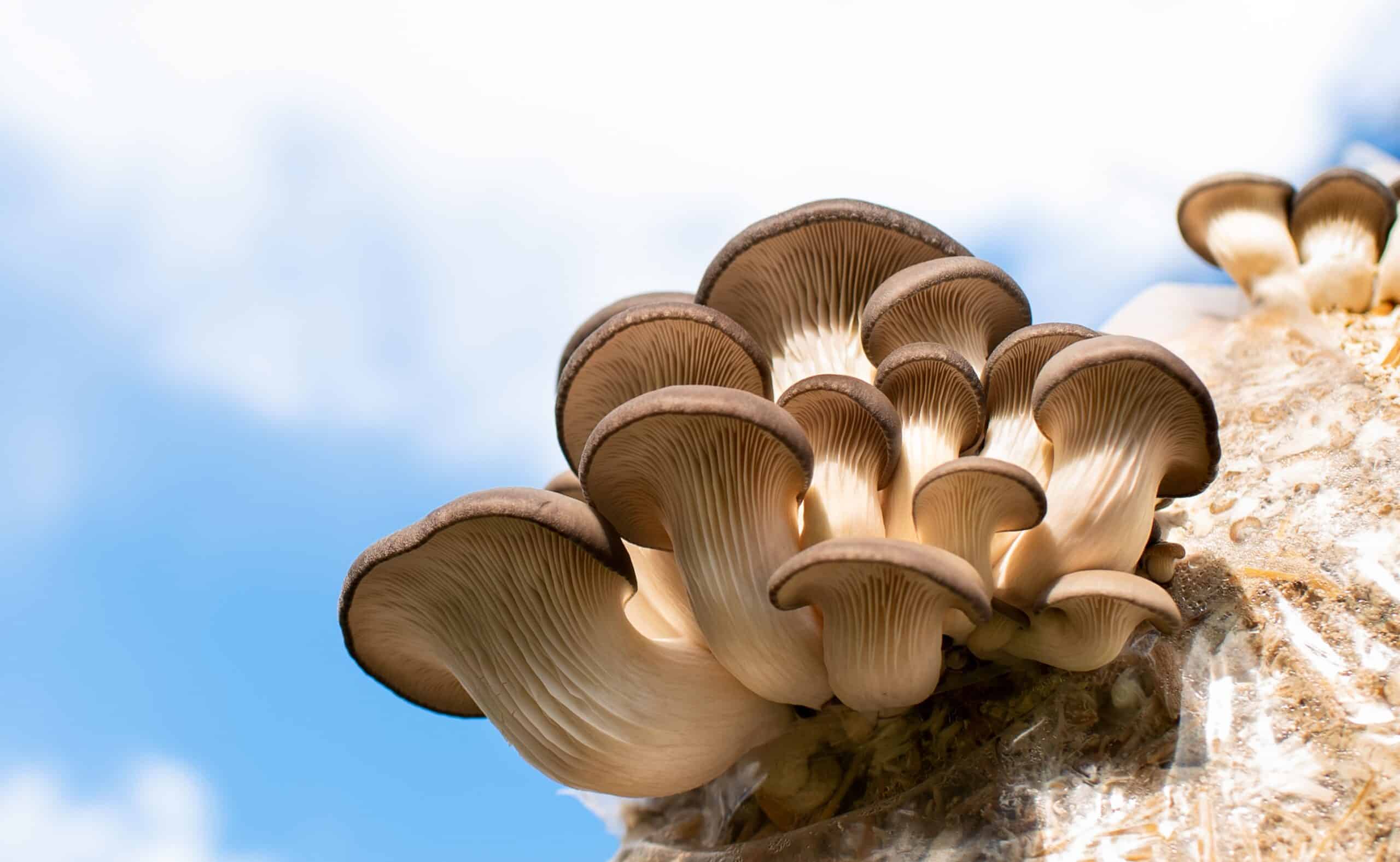
Oyster mushrooms, named for their oyster-shaped caps, are widely cultivated and found growing on decaying hardwood trees. They have a delicate, slightly sweet flavor and a tender texture, making them versatile in various culinary applications. Oyster mushrooms are packed with nutrients, including protein, fiber, and several B vitamins. They also have potential cholesterol-lowering and immune-boosting properties.
King Oyster (Pleurotus eryngii)
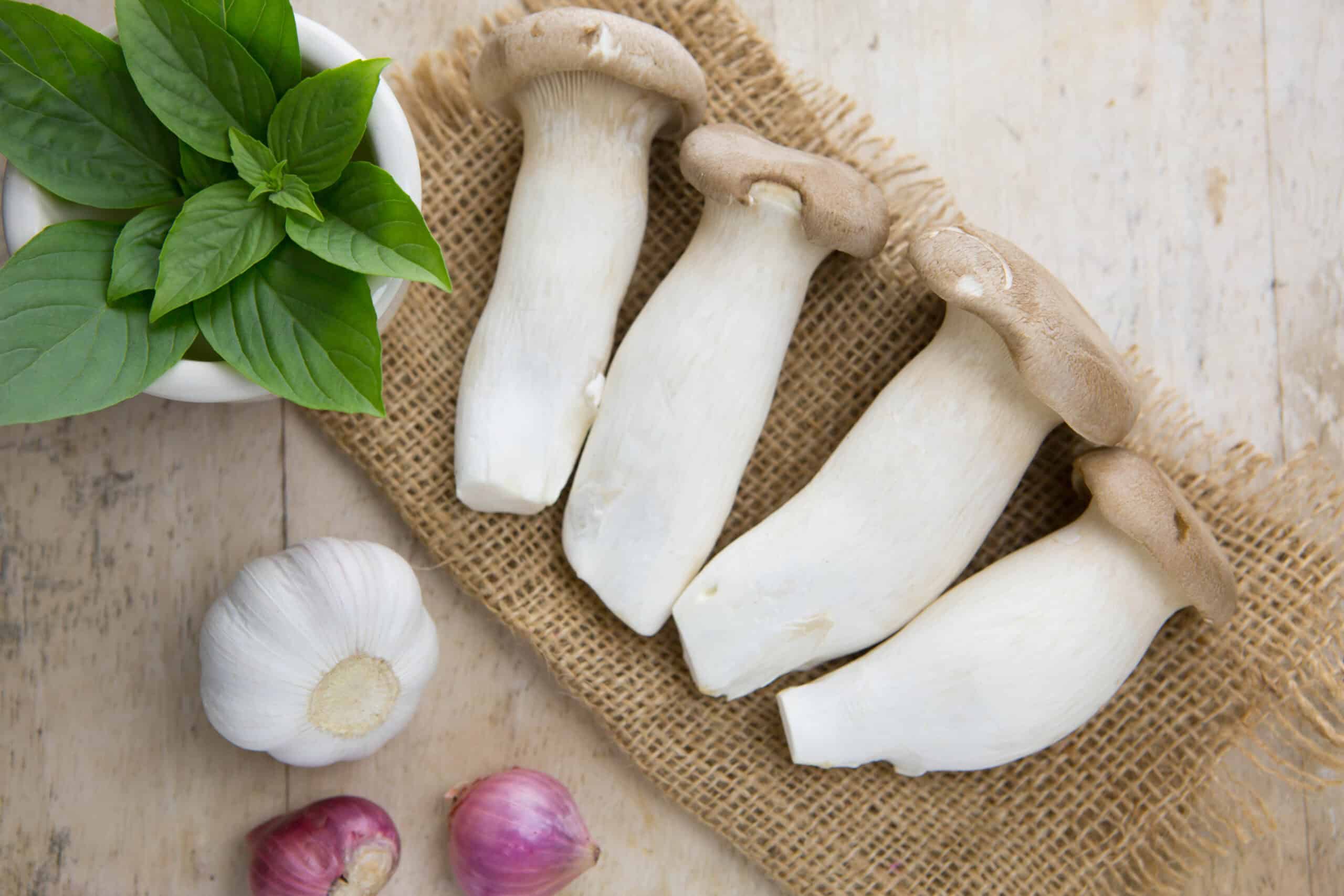
King Oyster mushrooms, known for their thick, meaty stems and small caps, are popular in Mediterranean and Asian cuisines. These mushrooms grow on the roots of herbaceous plants and are highly valued for their savory, umami flavor. King Oysters are an excellent source of protein, fiber, and antioxidants, making them a nutritious addition to dishes like stir-fries, soups, and grilled vegetables.
Shimeji (Hypsizygus tessellatus)
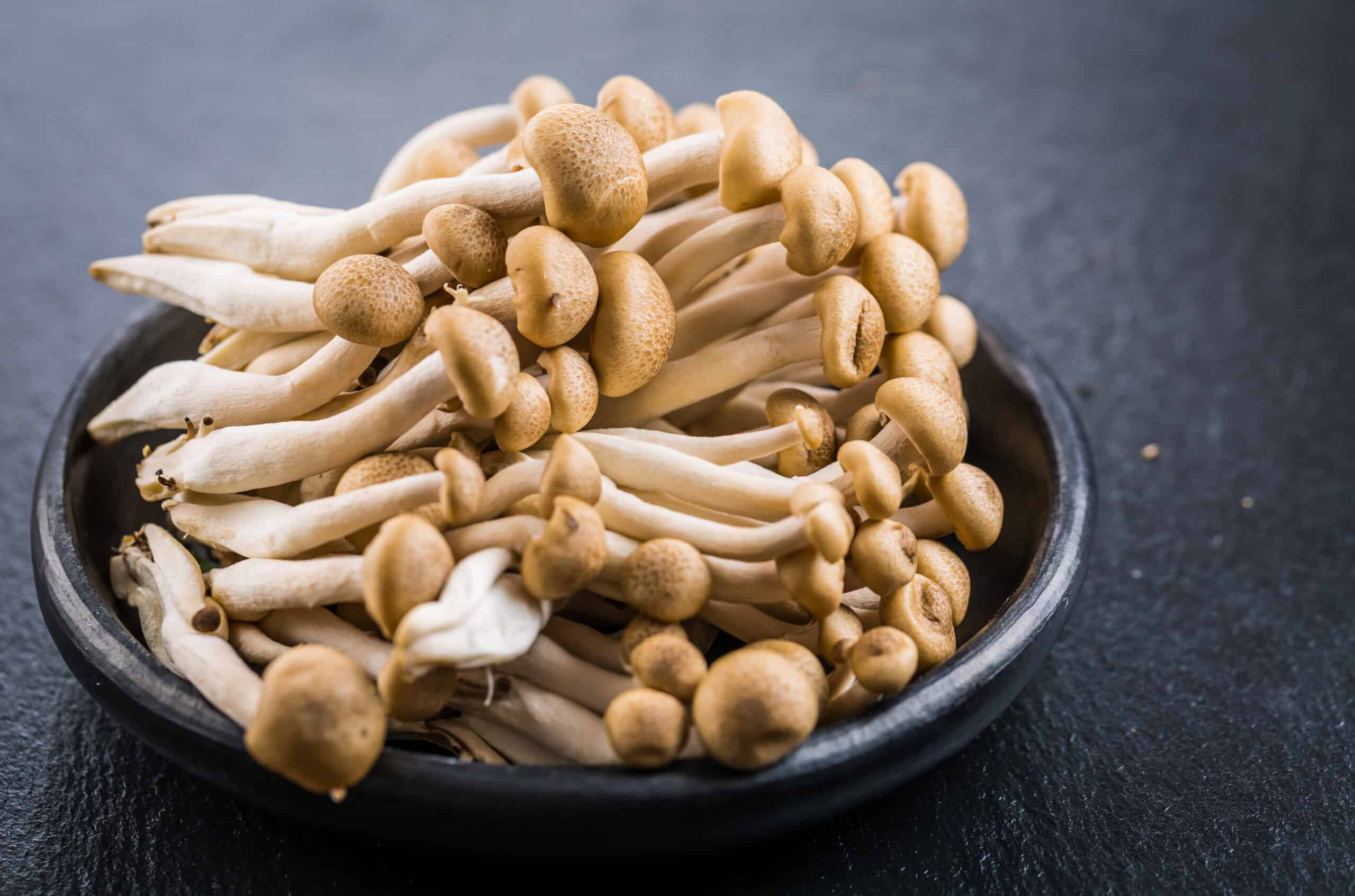
Shimeji mushrooms, native to East Asia, are often found growing on beech trees. These small, brown or white mushrooms have a firm texture and a mildly nutty flavor. Shimeji mushrooms are rich in vitamins, minerals, and dietary fiber, contributing to overall health. They are typically used in soups, stews, and stir-fries, adding a pleasant crunch and subtle flavor to the dishes.
Amanita muscaria (Fly Agaric)
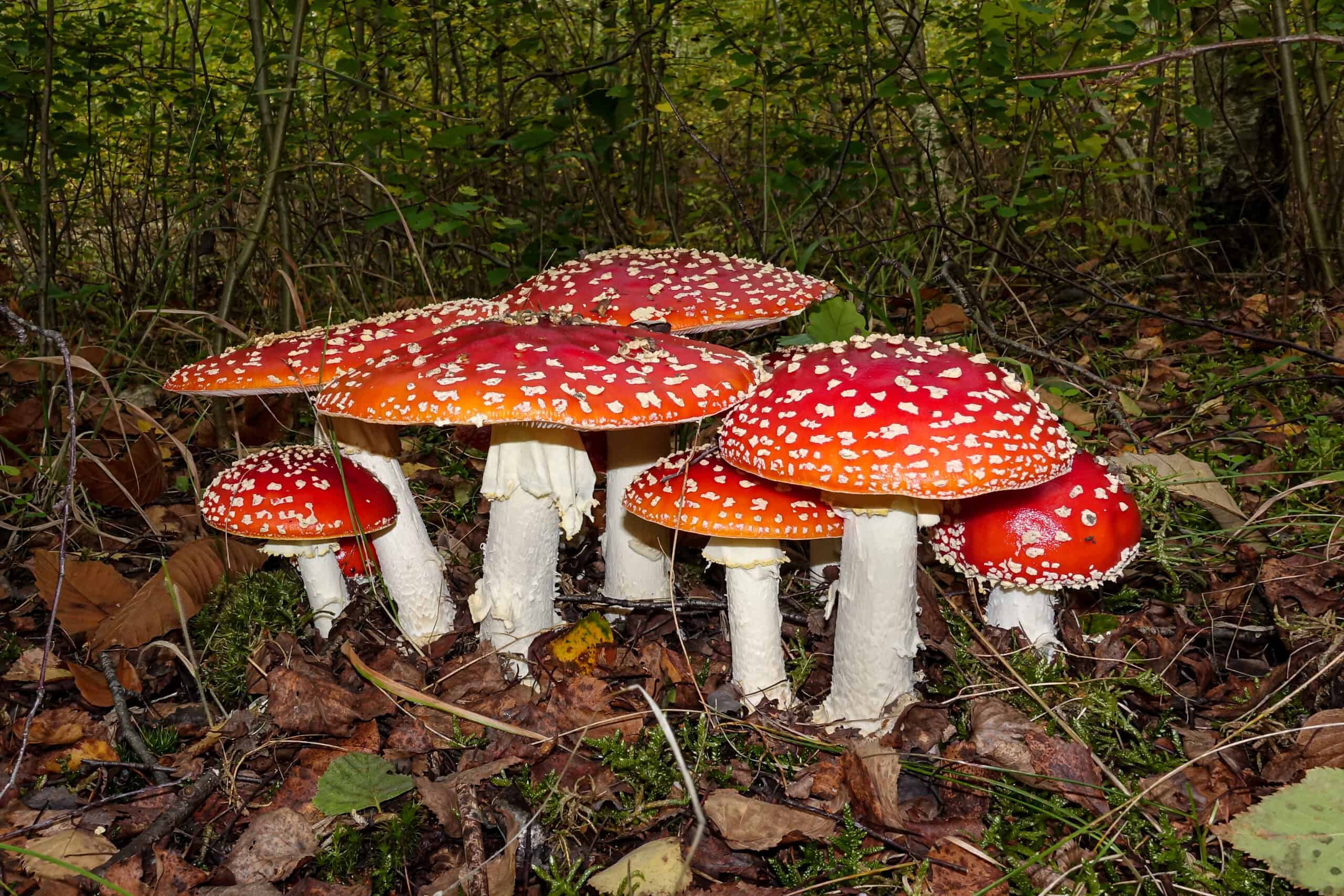
Amanita muscaria, commonly known as the Fly Agaric, is easily recognizable by its bright red cap with white spots. Found in forests across the Northern Hemisphere, this mushroom has a long history of use in traditional medicine and shamanic rituals. Although toxic and potentially hallucinogenic, it has been used in small doses for its psychoactive effects. Fly Agaric is not recommended for consumption due to its toxicity.
Agaricus bisporus (Button Mushroom)
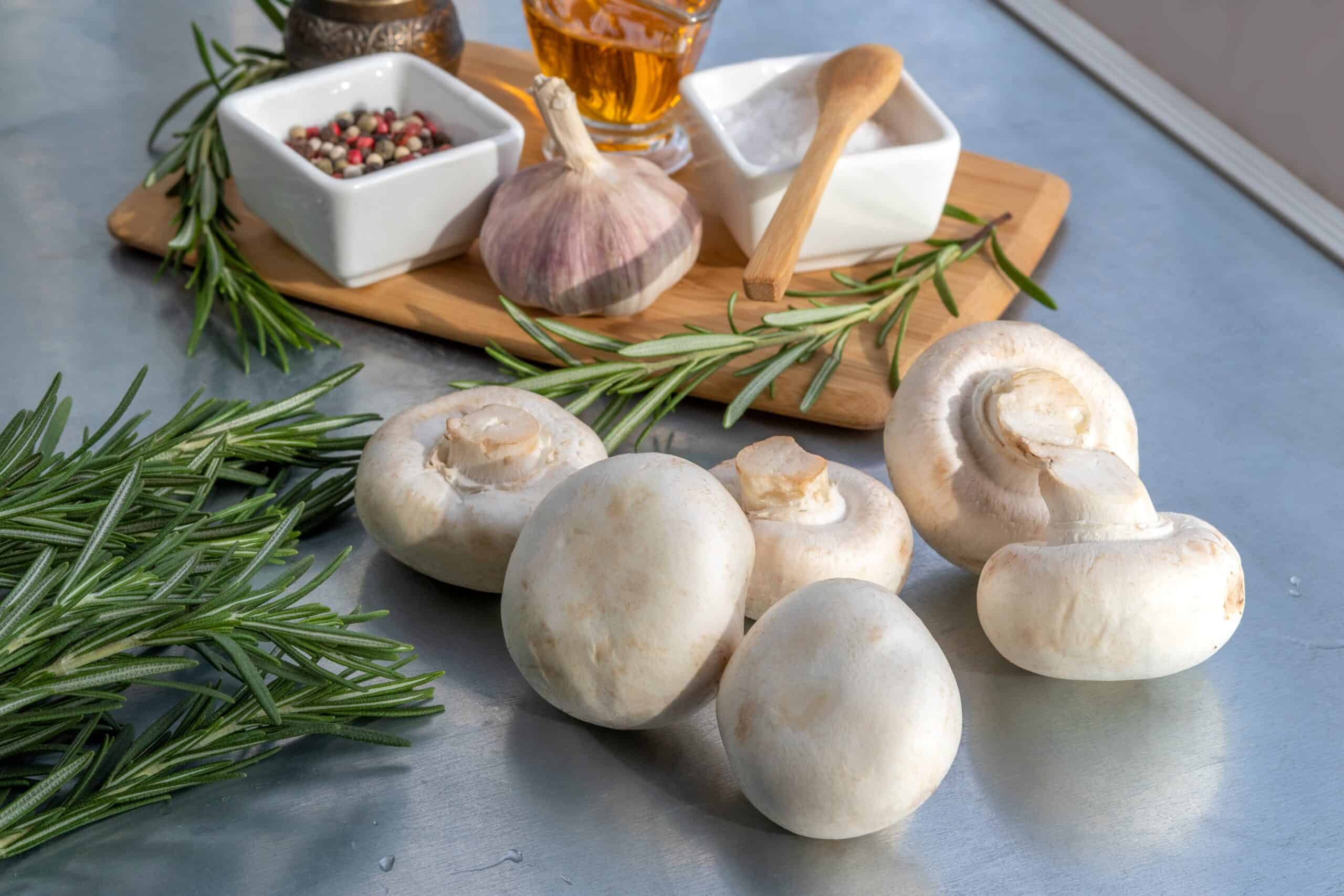
Button mushrooms, also known as common mushrooms, are widely cultivated and consumed around the world. These mushrooms have a mild flavor and a smooth, white cap, making them versatile in various dishes. Button mushrooms are rich in B vitamins, selenium, and antioxidants, supporting immune health and reducing inflammation. They can be enjoyed raw in salads, cooked in soups, or sautéed in a variety of dishes.
Matsutake (Tricholoma matsutake)
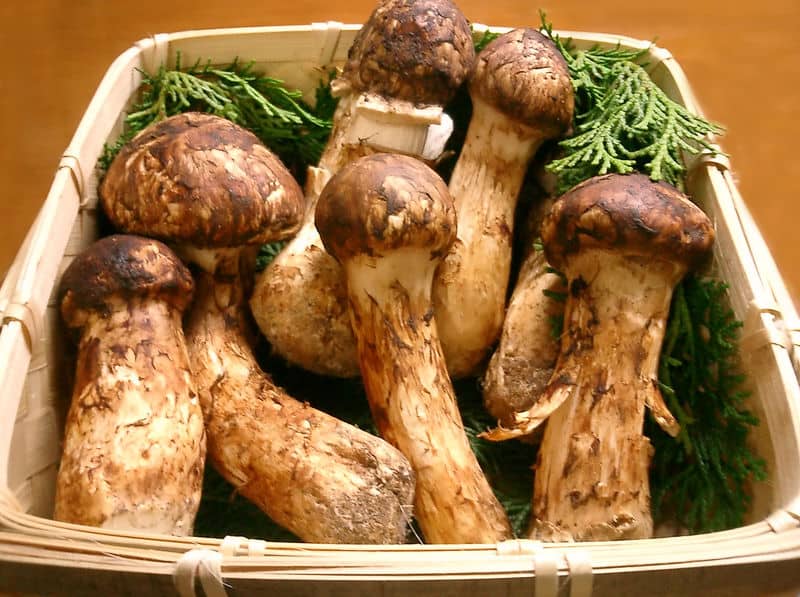
Matsutake mushrooms are highly prized in Japanese cuisine for their distinctive spicy aroma and firm texture. These mushrooms grow in the wild, often under pine trees in Japan, Korea, and China. Matsutake are rare and expensive due to their specific growing conditions and limited supply. They are rich in vitamins, minerals, and antioxidants, and are often enjoyed grilled, in soups, or steamed with rice.
Black Truffle (Tuber melanosporum)
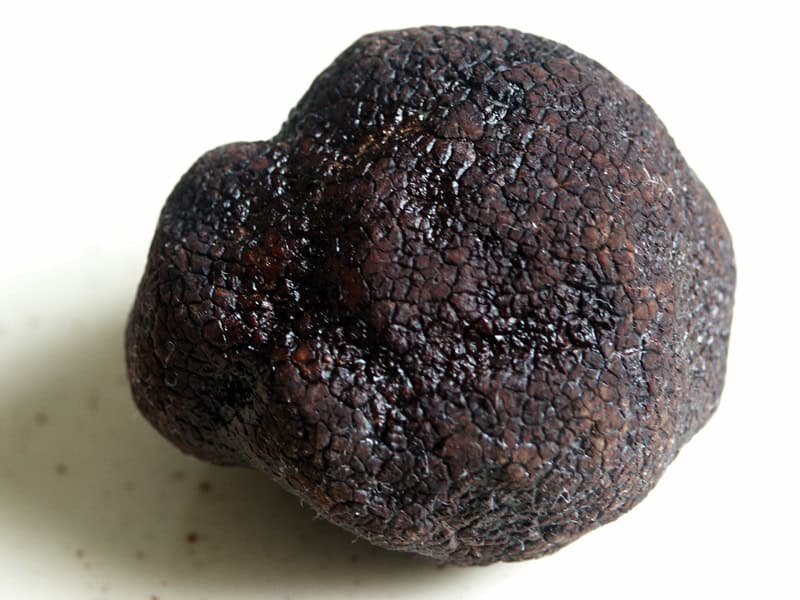
Black truffles are among the most expensive and sought-after mushrooms in the world, known for their intense, earthy aroma and unique flavor. These subterranean mushrooms grow symbiotically with the roots of oak and hazelnut trees in Europe. Black truffles are rich in antioxidants and have potential anti-inflammatory properties. They are typically used sparingly, shaved over dishes like pasta, risotto, or eggs to impart their luxurious flavor.
Lobster Mushroom (Hypomyces lactifluorum)
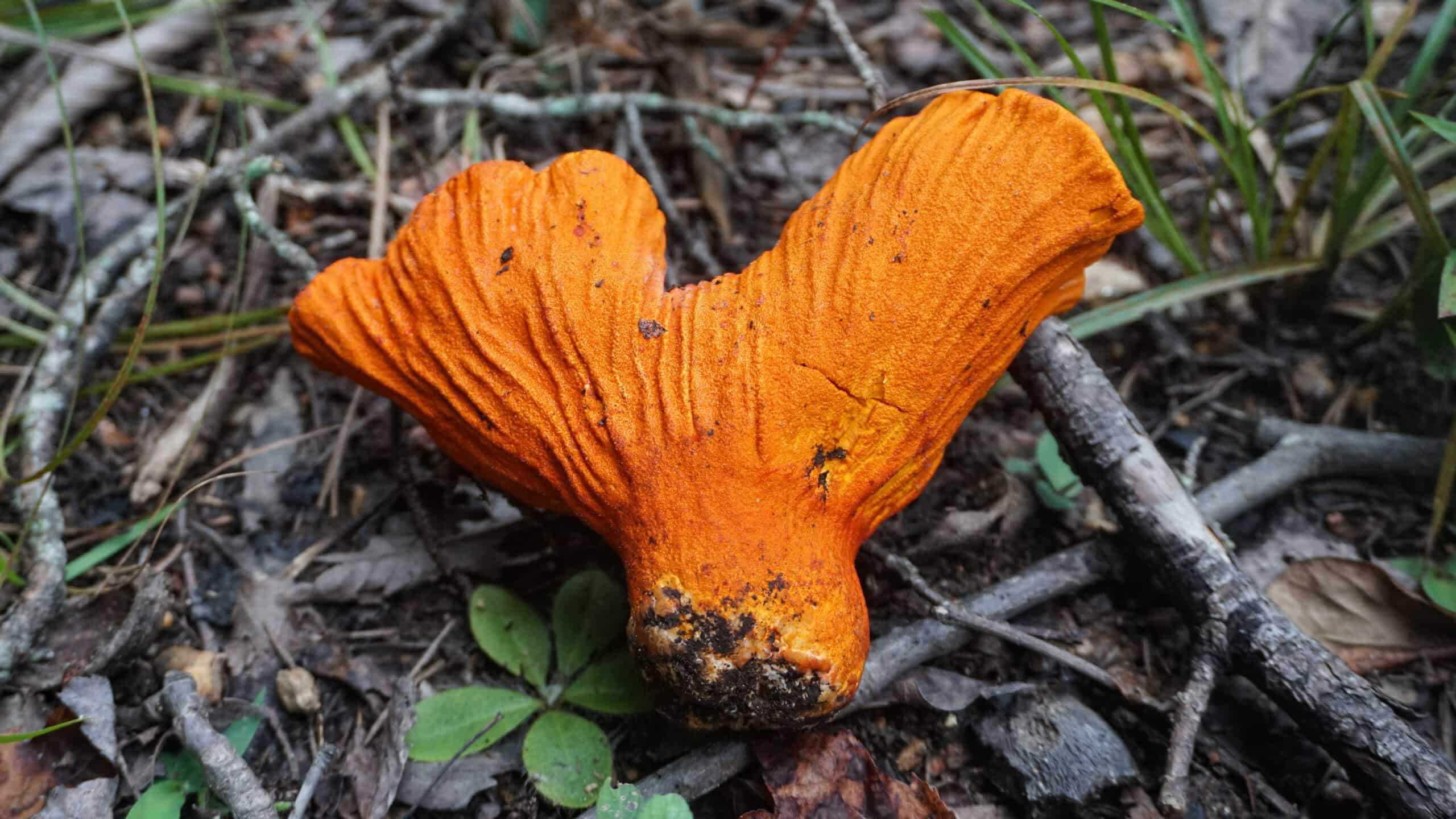
Lobster mushrooms are not a true mushroom species but rather a parasitic fungus that transforms other mushrooms into its bright orange, seafood-scented form. Found in North American forests, they have a dense, meaty texture and a flavor reminiscent of lobster or crab. Lobster mushrooms are rich in protein, fiber, and vitamins, making them a nutritious addition to various culinary dishes, including soups and sautés.
This article originally appeared on Rarest.org.
More From Rarest.Org
Exploring the world of rare flowers takes us to some of the most remote and fascinating corners of the globe. These botanical wonders, often found in isolated and pristine habitats, captivate with their unique beauty and intriguing characteristics. Read more.
Big cats are majestic creatures. Some are incredibly elusive, rarely seen by humans. This article explores the most elusive big cat species. Read more.
Seabirds captivate with their majestic flights over oceans. Many seabirds face the threat of extinction. This list highlights some of the rarest seabirds and where to spot them. Read more.

